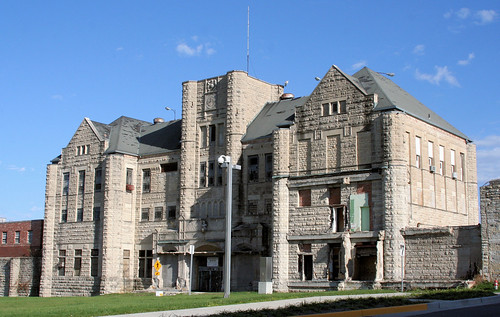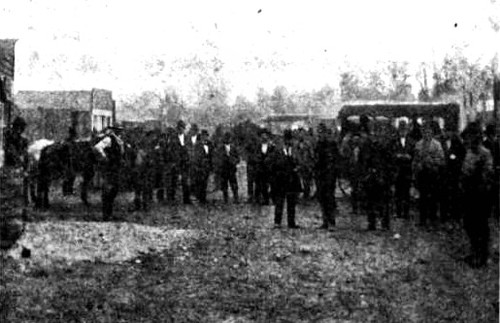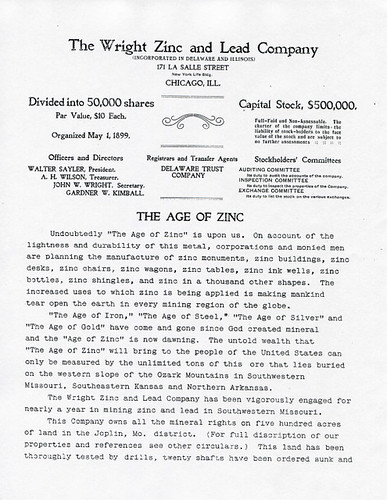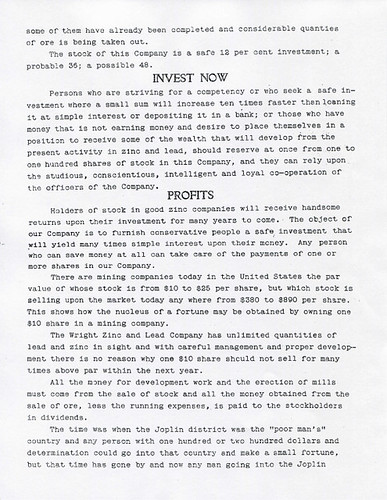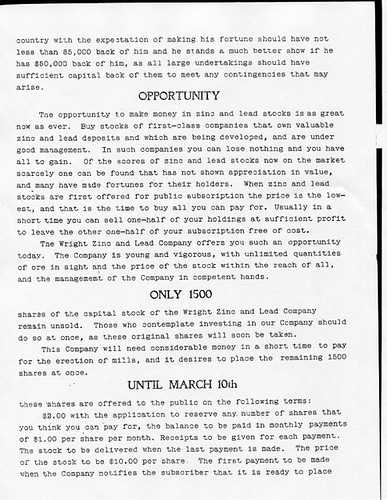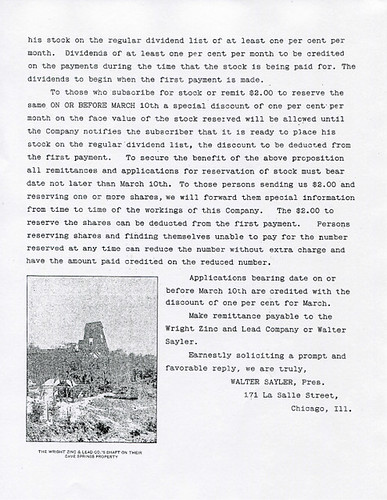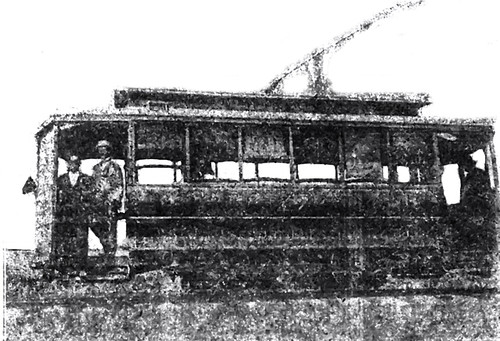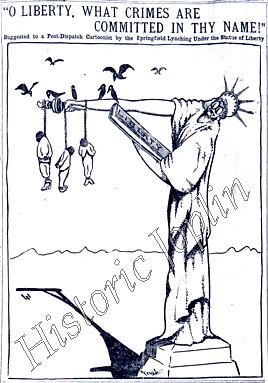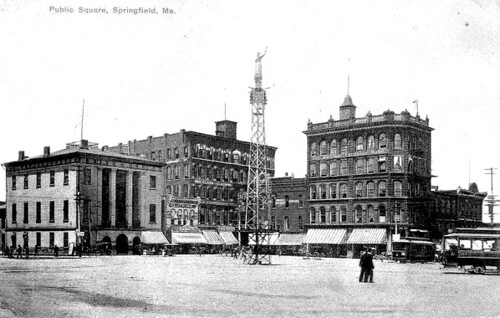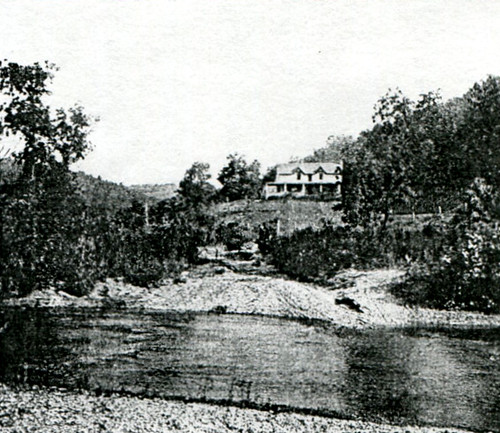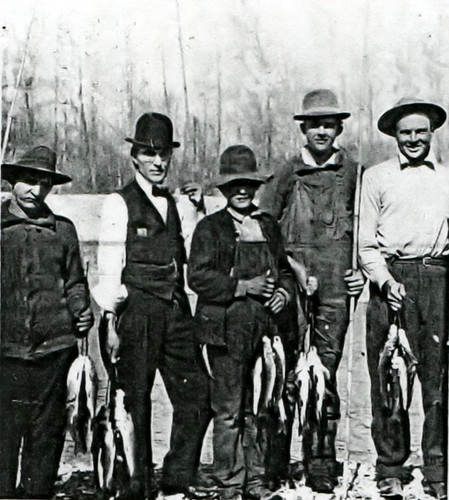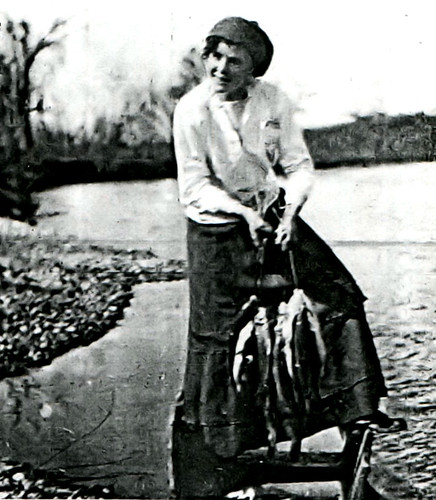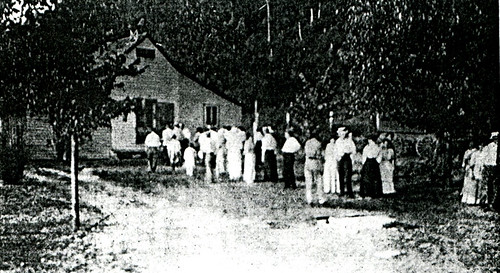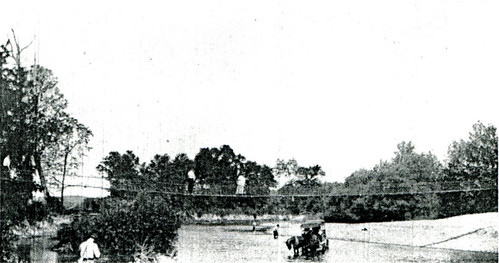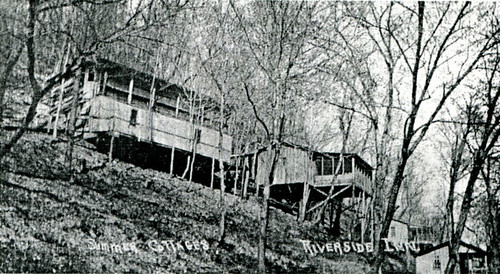Although many a Joplin resident will tell you that Al Capone and other infamous gangsters visited the city in the 1920s and 1930s, there is little, if nothing, in the historical record to suggest that the nation’s most “accomplished” career criminals came to town. We do know, however, that lesser historical figures did live in and visit Joplin, not counting Bonnie and Clyde’s short-lived stay in 1933. Although not a Capone, Wilber Underhill
Henry Wilber Underhill (his name was originally spelled Wilber but he felt that Wilbur was more masculine) was born in 1897 in Newton County, Missouri, to Henry and Nancy Almira (Hutchison) Underhill. The family had a small farm, but perpetual poverty convinced them to move to Joplin, where it was thought they could make a better life for themselves. In 1912, Henry Underhill, Sr. died suddenly and left the family without a steady stream of income. Almira moved her family from the house they were renting at 1218 Sergeant Avenue to the Blendville section of Joplin. Life continued to be one struggle after another. The Underhill children quickly became delinquents and became mixed up in petty crime. Wilber’s older brother Ernest was sentenced to the Missouri State Penitentiary for robbing and murdering a Joplin street vendor. At some point, Wilber was struck in the head by heavy glass bottles while rooting through a garbage pit, and was reportedly never the same.
Although he tried to make a living working odd jobs in Neosho, Wilber returned to Joplin and fell into a life of crime. In 1919, he was arrested for burglary. By 1920, Wilber had become more brazen. He began robbing couples on Joplin’s Lover’s Lane which was then located somewhere in Tanyard Hollow. A sting operation by Joplin detectives led to his capture and subsequent conviction. He was sentenced to two years at the Missouri State Penitentiary and joined his older brother Ernest who was still serving time.
After his release, Wilber headed for Picher, Oklahoma, but eventually drifted back to Joplin. On December 14, 1922, he robbed the Wilhoit Filling Station at 19th and Main streets. He was rounded up by the Joplin police, pled guilty to first degree robbery, and went back to the Missouri State Penitentiary. Underhill participated in a failed escape attempt, but was out by the winter of 1926.
Underhill immediately went back to a life of crime. During a robbery in Baxter Springs, Kansas, he shot a sixteen year old boy as he fled from Underhill and his accomplices. He continued to carry out a crime spree that led to the nickname the “Tri-State Terror.” Underhill was eventually captured, tried, and sentenced to the Oklahoma State Penitentiary. He eventually escaped from a work detail and made his way to Kansas where he robbed and murdered a gas station owner. Authorities quickly caught on and when Wichita police officer Merle Colver attempted to question Underhill and his nephew, Frank Vance Underhill, Underhill shot and killed Colver. Wilber was later apprehended after a shoot-out in which he was shot in the neck. Apparently hell-bent on staying in every state penitentiary in the Midwest, Wilber was sentenced to life in the Kansas State Pentitentiary.
Ever the escape artist, Underhill and a group of other inmates managed to escape on May 30, 1933, and headed for Oklahoma. The men embarked on a crime spree that sent shivers up the spines of residents across the Four State region. The “Bradshaw-Underhill Gang,” as the group became known, ran riot despite the best efforts of area law enforcement officials. The FBI soon took notice and launched an effort to apprehend Underhill and his fellow gang members.
The FBI quickly located the gang in Shawnee, Oklahoma, and together with local law enforcement authorities, set out to capture them. A vicious gun battle ensued. Underhill was wounded in the fusillade of bullets. Despite having a number of submachine gun bullets strike him, Underhill was able to flee the scene. Despite having been shot multiple times, Underhill traveled sixteen blocks before breaking into a furniture store, where he collapsed. Authorities swooped in and arrested him. Taken to the hospital, Underhill was not expected to live. Still, most natives of Southwest Missouri are tough characters, and Wilber was no exception. Within a short period of time, he was taken back to the Oklahoma State Penitentiary. Shortly after his arrival, Underhill died in the prison hospital, bringing an end to a reign of terror.
On January 8, 1936, Underhill’s body arrived in Joplin and was taken to the Frank Sievers Undertaking Company. His funeral service, held at the Byers Avenue Methodist Church, was well attended. An estimated 1600 people crammed into the church to view Underhill’s corpse. He was then buried at Ozark Memorial Cemetery.
Although lesser known and certainly not as infamous as Capone, Wilber Underhill led a violent and bloody life, and his early years in Joplin may have inspired the long told tales of gangsters in Joplin.
For a more in-depth look at Wilber Underhill’s career, see R.D. Morgan’s book The Tri-State Terror. Regrettably it is not footnoted or sourced, but provides a detailed account of Underhill and his crimes, including his time in Joplin.
